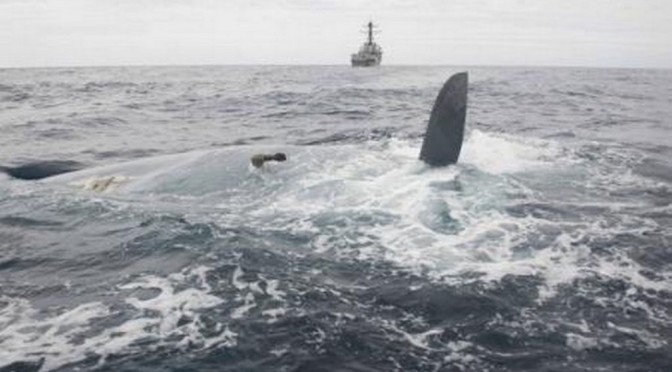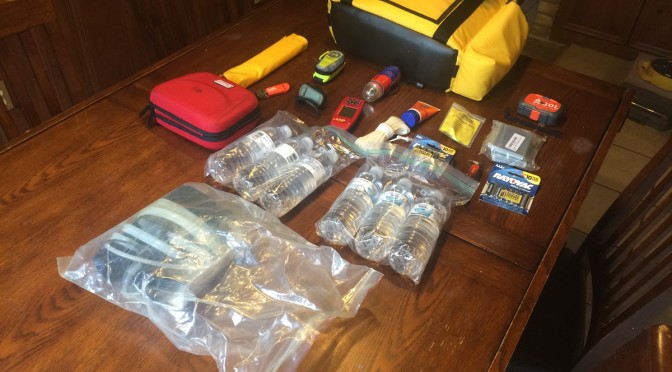The MAIB Report on the Cheeki Rafiki tragedy just came out a couple of weeks ago. There is a lot of talk on the forums (SA especially) about precisely what happened to the boat to allow the keel to separate and take four lives.
But that’s not the real lesson of this tragedy as far as I’m concerned. How you get in the water is not relevant. What happens when you’re there is. Here is one of the more sobering aspects of the MAIB:
RCC Boston calculated the estimated survivability of the crew members based on their average descriptions, assuming that they were dressed in full foul weather sailing gear, immersed to the neck in water and wearing a personal flotation device (PFD). Using these criteria, the estimated functional survivability and survival times were 12.3 hours and 15.5 hours respectively.
Using similar parameters but assuming that the crew members had been submerged to the waist in water, sitting in a liferaft in heavy weather, produced estimated functional survivability and survival times of 14 hours and 21 hours respectively.
RCC Boston also calculated the probability of success (POS) of finding the following objects based on the probability of containment (POC) for the areas searched, and the probability of detection (POD) from searching those areas:
POS for a person in the water with a PFD: 6%
POS for a swamped/capsized boat: 95%
POS for an upright liferaft: 82%
POS for a capsized liferaft: 92%
Think about that while planning your next trip. Please.
We will.


